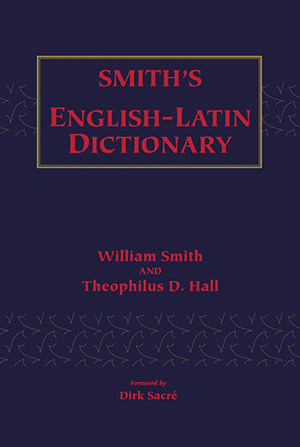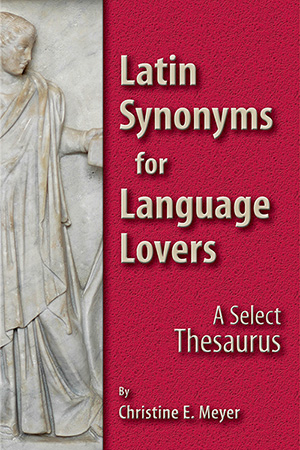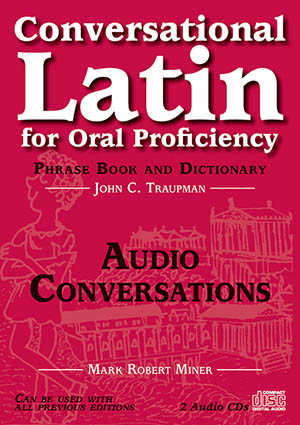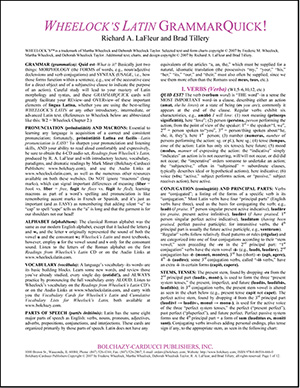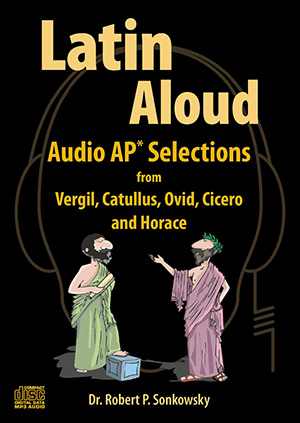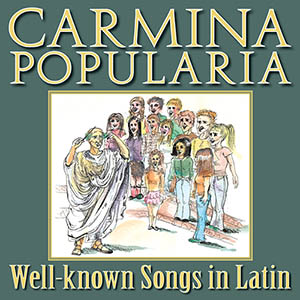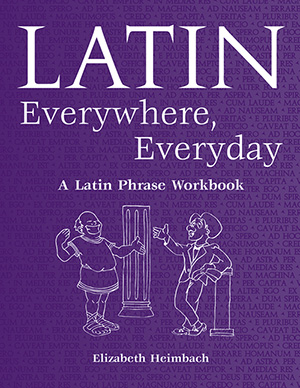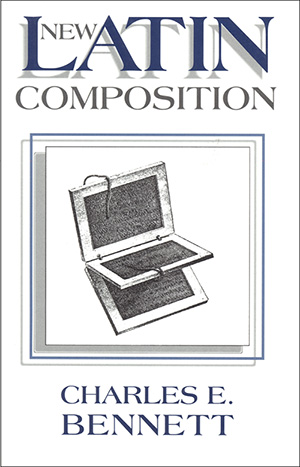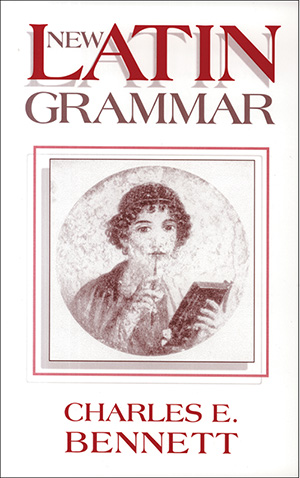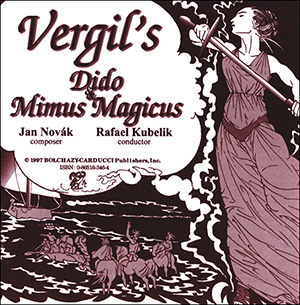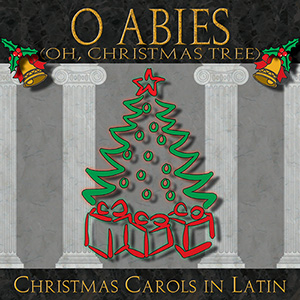Conversational Latin is an excellent dual-language resource for exploring ancient and contemporary topics—ranging from the weather to politics—in lively dialogues with authentic Roman expression. Each chapter offers 3 conversations in varying degrees of difficulty supported by topical vocabulary. Latin as a living and vital language is showcased in this indispensable supplement to any standard Latin course of study. Traupman's book provides facing English translation; a comprehensive glossary; and appendices on "Yes and No in Latin," "Colors and Numbers," and "Sayings and Proverbs."
Traupman's text enables students to engage in one of the most productive practices in the acquisition of language skills—conversing. Latin is the language that gave birth to the modern romance languages; it can and should be spoken to enhance the learning experience.
Special Features
- Multi-level dialogues with authentic Roman expression
- Facing English translation
- Accent marks for all words over two syllables (new to 3rd edition)
- Macrons for all words (new to 3rd edition)
- A variety of contemporary and ancient topics (enlarged for 3rd edition: sports section and classroom commands), including 9 songs and The Pledge of Allegiance in Latin (new to 4th edition)
- Topical vocabulary for each chapter (expanded for 4th edition)
- A comprehensive glossary that includes the topical vocabularies for the chapters (extensive new entries added to 4th edition—ten new pages)
- Appendices on "Yes and No in Latin," "Colors and Numbers," and "Sayings and Proverbs"



